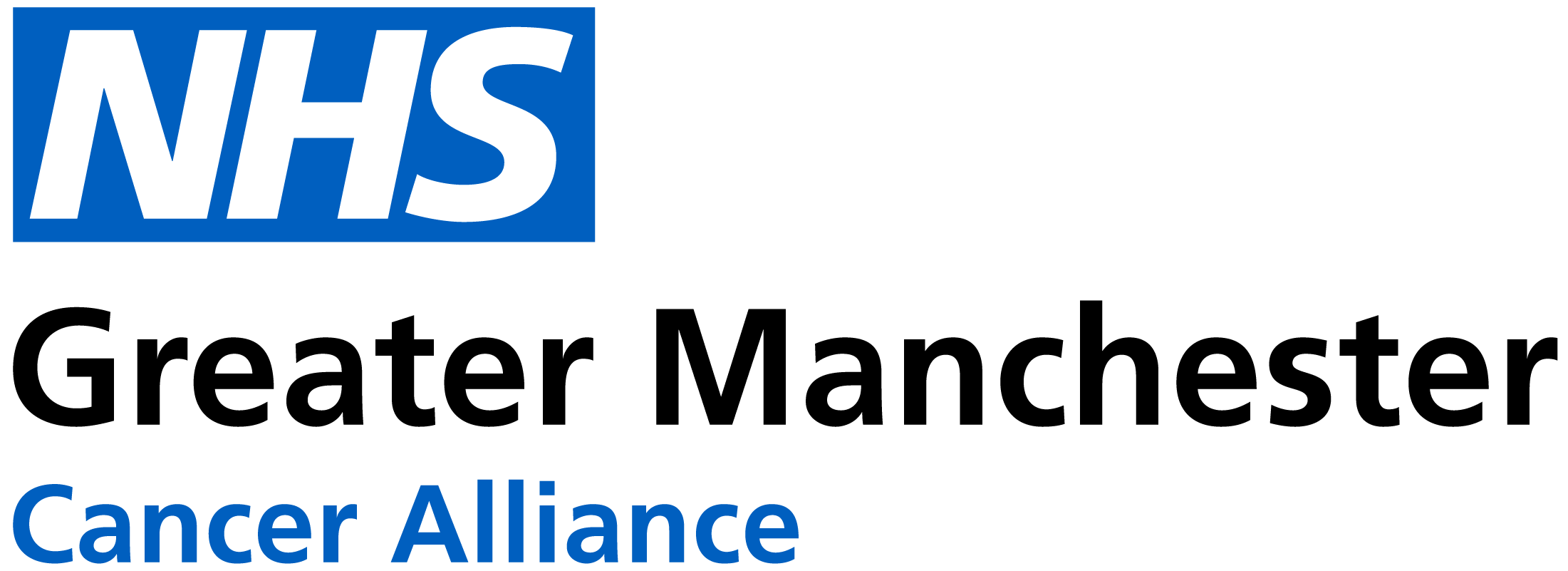Tackling Health Inequalities – Our aims
Greater Manchester Cancer Alliance works as part of the NHS, to help everyone in Greater Manchester reduce their risk of developing cancer, get diagnosed earlier and have better overall outcomes and experiences.
Our organisation works together with other health and social care providers, such as GPs and hospitals, in addition to local authorities, VCSFE (voluntary, community, social, faith and enterprise) sector groups, patients and members of public across the whole of Greater Manchester. Using guidance received from NHS England, we develop and deliver suitable services for our Greater Manchester population, to achieve our overall aims.
What are health inequalities?
NHS England defines health inequalities as unfair and avoidable differences in health across the population, and between different groups within society. These include how long people are likely to live, the health conditions they may experience and the care that is available to them.
You can read more about the wider determinants and reasons for this via the ‘What are health inequalities page’ on the NHS website.
The King’s Fund also explains that health inequalities can involve differences in:
- health status, for example, life expectancy
- access to care, for example, availability of given services
- quality and experience of care, for example, levels of patient satisfaction
- behavioural risks to health, for example, smoking rates
- wider determinants of health, for example, quality of housing
How we address health inequalities in relation to cancer
Health inequalities such as those listed above, and others, including workforce inequalities, can impact people’s likelihood of getting cancer, their ability to access healthcare, their experiences of care and their overall outcomes.
This means that some groups of people in our population may be more likely to develop cancer than others, or more likely to die from cancer earlier than others. We want to do what we can to change this.
As an Alliance, we work with our partners to assess how our services are performing and identify, through both qualitative and quantitative insights, where health inequalities exist. Where these are identified, we seek to address them.
This may involve making changes to services or developing new solutions, tailored services, campaigns or information for groups experiencing health inequalities, to reduce the inequality gap. At times, it may also include targeting specific geographical areas or patient cohorts.
As an Alliance, we conduct Equality Impact Assessments to ensure that our projects do not create new health inequalities. This process also considers the implications of any targeted measures or campaigns on other groups within our population.
Examples of approaches to health inequalities
There are lots of different examples of health inequalities that exist and many different ways we may try to reduce these.
The following two, short case studies are provided to demonstrate an example of two different approaches to tackling health inequalities and are not designed to be an exhaustive list.
-
Prostate cancer targeted case finding
Clinical evidence demonstrates an increased risk of some groups of developing prostate cancer when compared to the general population. Black men over the age of 45 are twice as likely to develop prostate cancer than the general population. Other men or people with a prostate who are over the age of 45 and with a family history of breast, ovarian or prostate cancer, also have an increased risk of developing prostate cancer compared to the general population.
This means that, in addition to the Alliance’s usual work to raise awareness of prostate cancer risk across the general population, it is also developing further services and communications campaigns to identify groups at higher risk of the disease, to improve their health outcomes.
-
Targeted lung health checks programme
The targeted lung health checks (TLHC) programme aims to help the NHS increase the number of people with lung cancer diagnosed at an early stage, when patients often have no symptoms but when the disease is easier to treat.
People aged 55 to 74, that have ever smoked, will be invited to a free lung health check. Following the lung health check, those assessed as high risk will be offered a low dose Computerised Tomography (CT) scan.
This programme targets those most at risk of lung cancer and is being rolled out across Greater Manchester in phases. The schedule is designed to prioritise areas of Greater Manchester that have the highest rates of lung cancer combined with the highest levels of deprivation, as we know people living in these areas have a higher risk of developing lung cancer. We will then expand to all other areas of Greater Manchester.
We welcome your views
If you would like to get in touch with the Cancer Alliance to provide feedback or are an organisation interested in supporting our team to address health inequalities, please contact us.

